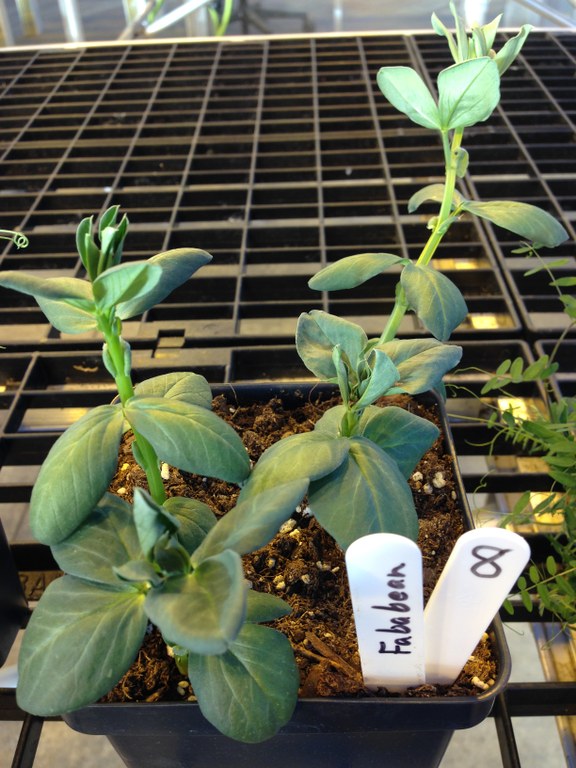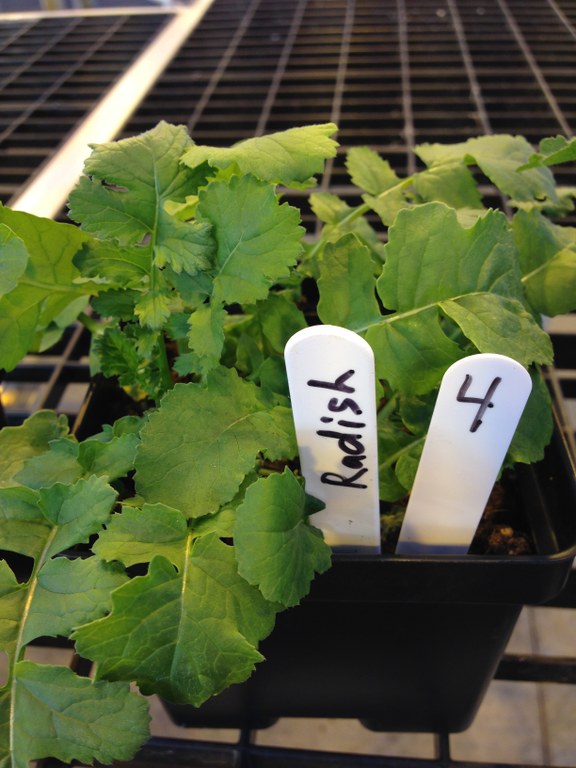Cover Crop Selection: Agronomic characteristics of selected plant families and species
Now, while we are impatiently waiting for spring to arrive, is a good time to be planning for use of late-summer or early fall planted cover crops in 2019. Remember, as a starting point, determine what your goals are with use of cover crops (e.g. reduce soil erosion; long-term increase in soil health; weed suppression; soil water management).
The following is a review of agronomic characteristics of plant species that you may consider using on your farm as a cover crop, with emphasis on use with cash crops. The information includes general characteristics of three plant families, and additional details on two selected cover crops within each family.
Grass family
Med-high carbon: nitrogen (C:N) ratio (higher amount of C to N increases resistance to residue break-down, e.g. corn > radish); high biomass (soil cover); soil builders (long-term potential increase in soil organic matter); nitrogen (N) scavenger; and arbuscular mycorrhizal fungi (AMF) association (increases ability of plant roots to obtain soil moisture and nutrients).
- Rye (winter; cereal)
- cool-season winter annual
- very winter hardy; weed suppression (allelopathy); fair soil salinity tolerance; high water use; reduce soybean cyst nematode (SCN) population
- do not follow with corn or cereal cash crops
- Millet
- numerous grain and forage types; warm-season annual
- shallow root system; low water use; short growth period
- poor tolerance to salty soils; requires mid-summer planting
Legume family
Low C:N ratio; symbiotic N fixation; AMF association, poor salt soil tolerance
- Field pea
- cool-season annual broadleaf
- shallow rooted; low water use; SCN host
- Fababean
- cool-season annual broadleaf
- cold tolerant; high N fixer; SCN non-host; dark residue after termination
- large seed size; poor drought tolerance

Fababean
Mustard family
Low C:N ratio; N scavenger; no SCN reproduction; poor salt soil tolerance; no AMF association
- Mustard
- numerous market (cash) and cover crop types; cool-season annual broadleaf
- med C:N ratio; low water use; potential biotoxin production (soil pest suppression)
- Radish
- cool-season annual broadleaf; root crop
- deep rooted (reduce soil compaction); reduce SCN; high water use

Radish
Contact NDSU Extension for more details including information on cover crop mixtures. Suggested references:
- Cover crop chart (USDA Agricultural Research Service)
- Cover crop common species and properties in SD (USDA)
- Starting with cover crops in ND (MCCC-1020)
- Incorporating cover crops (NDSU Extension)


